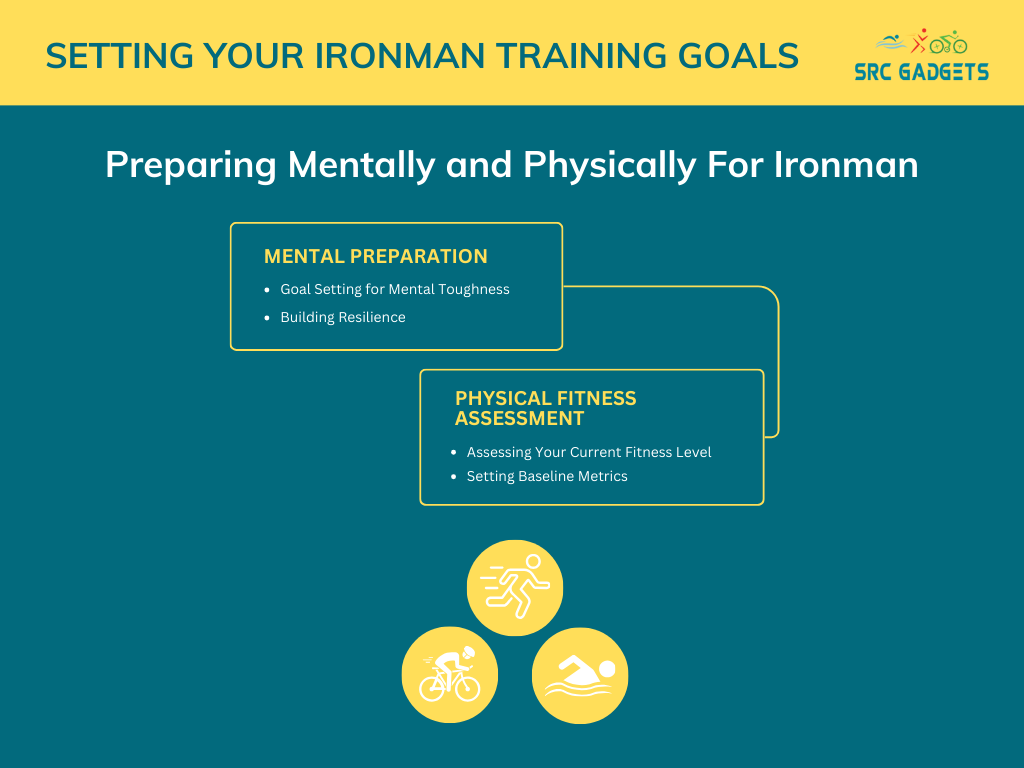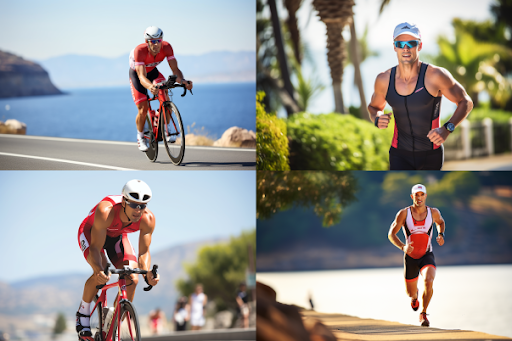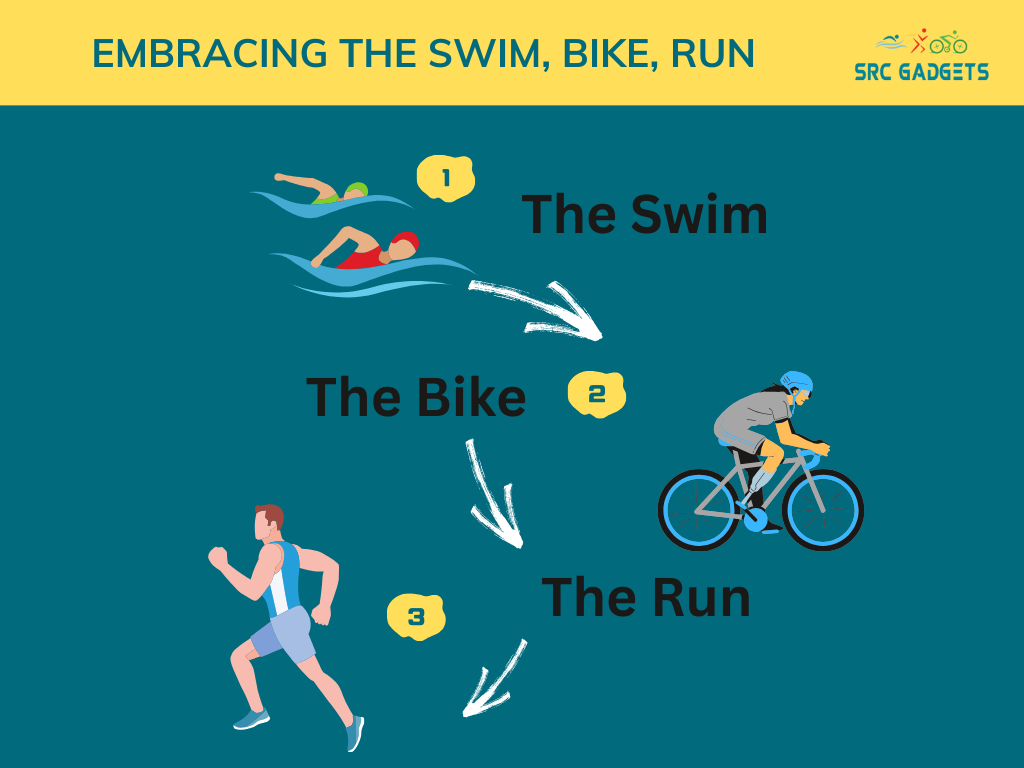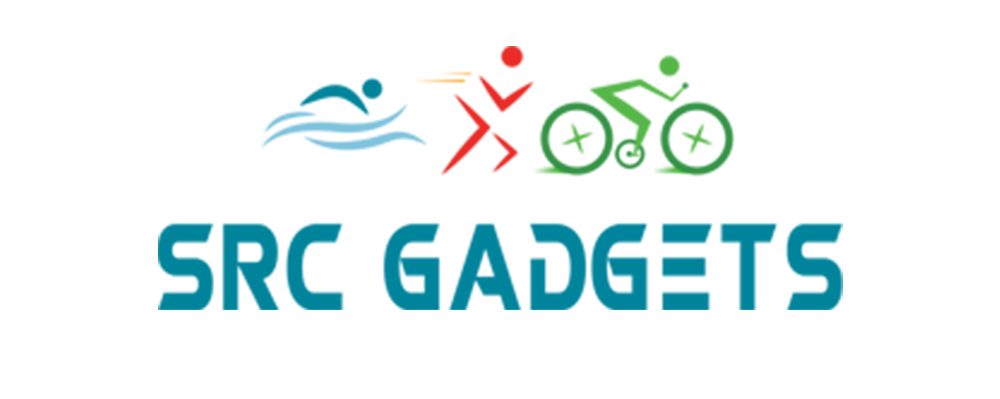How to Start Training for an Ironman: A Training Plan
Ironman triathlons are a world where ordinary people push their physical and mental boundaries to achieve extraordinary feats. If you’re new to the world of triathlons and dream of conquering the Ironman, here’s your chance.
In this comprehensive guide, we’ll walk you through the essential steps to start your Ironman journey. From understanding the Ironman Triathlon to setting your training goals and everything in between, we’ve got you covered.
Understanding the Ironman Triathlon
Before diving headfirst into training, it’s vital to have a clear understanding of what an Ironman Triathlon involves. An Ironman is the ultimate endurance race, combining three challenging disciplines: swimming, biking, and running. The standard Ironman distance race includes a 2.4-mile swim, followed by a 112-mile bike ride, and finishes with a full marathon run of 26.2 miles. It’s a test of stamina, perseverance, and mental toughness.
Setting Your Ironman Training Goals
Goal setting is the foundation of any successful Ironman journey. Your goals act as your guiding star, helping you navigate the demanding training ahead. Start by defining your objectives. Do you want to complete your first Ironman, improve your personal best, or simply finish the race with a smile on your face? Your goals shape your training plan, so be specific and realistic.
Think of your goals as milestones. Breaking your journey into smaller, manageable targets makes the process less overwhelming. For beginners, an initial goal could be completing a shorter triathlon, like a Sprint or Olympic distance race, before tackling the full Ironman.
Remember, setting goals isn’t just about reaching the finish line. It’s about embracing the journey, personal growth, and the experiences along the way. Embrace the challenge, and your Ironman goals will become more than aspirations they’ll become your reality.
Preparing Mentally and Physically For Ironman
Mental Preparation
To conquer the Ironman, mental toughness is a must. The race isn’t just a physical battle; it’s a mental one too. Here are some key aspects of mental preparation:
Goal Setting for Mental Toughness
Your mental strength will be tested during the long hours of solitary training and the intensity of race day when fatigue sets in. Expect to face mental challenges like pushing through discomfort, resisting the urge to quit, and maintaining razor-sharp focus over long distances. Set clear mental goals. Visualize crossing the finish line, staying resilient in adversity, and maintaining a positive mindset throughout your journey.
Building Resilience
Ironman training challenges you both physically and mentally. Expect setbacks and view them as opportunities to grow. Learn to embrace discomfort and develop the resilience needed to push through tough times.

Physical Fitness Assessment
Before diving into training, accurately assess your current fitness level. It serves as a baseline for your training plan, allowing effective progress tracking.
Assessing Your Current Fitness Level
Evaluate your overall fitness, considering your swimming, cycling, and running abilities. Note your strengths and weaknesses in each discipline.
Setting Baseline Metrics
For a clearer picture, measure your baseline metrics. Pay attention to your heart rate during exercise; it’s an essential fitness indicator. Tracking your resting heart rate and heart rate zones helps tailor your training intensity.
Designing Your Ironman Training Plan

Importance of Structured Training
Structured training is essential for Ironman preparation. It helps you gradually improve your endurance, strength, and skill in swimming, biking, and running.
Here’s why structured training matters:
Building Consistency
Consistency is key in Ironman training. A well-structured plan ensures steady progress without risking burnout. Your schedule should include regular workouts for swimming, cycling, and running, with rest days for recovery.
Preventing Overtraining
Overtraining is a common pitfall for Ironman newcomers. Structured plans include rest and recovery periods, reducing the risk. Pay attention to your body’s signals and adjust your plan when necessary.
Customizing Your Plan
Every triathlete is different, so customize your training plan to match your abilities and goals.
1. Tailoring to Your Fitness Level
Adapt your plan to your current fitness level. Beginners start with a beginner-friendly plan, gradually increasing volume and intensity. Experienced athletes can choose intermediate or advanced plans to meet their needs.
2. Incorporating Brick Workouts
Brick workouts, where you combine two activities, biking and running, help prepare your body for the transitions on race day. Integrate these workouts into your plan to enhance your race-specific fitness.
Your Ironman training plan evolves as you gain experience. Don’t hesitate to adjust it to match your capabilities and goals. Consistency and customization are your allies on this journey.
Nourishing Your Body for Success

The Importance of Nutrition
Nutrition is the fuel for your Ironman training and race day performance. Proper nutrition enhances physical performance, aids recovery, and reduces the risk of injury. Here’s why nutrition is crucial:
Fueling Your Workouts
During training, your body needs a balance of carbohydrates, proteins, and fats. Carbs provide quick energy, proteins aid in muscle repair, and healthy fats offer sustained energy.
Recovery Nutrition
After strenuous training, your body requires the right nutrients to recover. Consider post-workout snacks or meals rich in protein and carbs to replenish glycogen stores and support muscle repair.
Crafting an Ironman Nutrition Plan
Craft a nutrition plan tailored to your needs. Consult a nutritionist or sports dietitian to develop a plan matching your training volume and intensity.
Meal Timing
Plan meals and snacks around your training schedule for optimal performance.
Hydration
Staying hydrated is crucial. Drink enough water throughout the day, and consider electrolyte supplements during long workouts.
Race-Day Nutrition
Develop a race-day nutrition strategy, including energy gels, drinks, and real foods to sustain you during the race. Test it during training to ensure it works for you. With the right nutrition plan, you’ll have the energy and stamina to tackle challenging workouts and conquer the Ironman.
Monitoring Progress and Tune-Up Races

Tracking Your Training Data
To gauge progress and adjust your training plan, tracking your training data is vital. Here’s how to do it effectively:
Heart Rate Monitoring
A heart rate monitor offers insights into training intensity and cardiovascular fitness. Use it to stay within target heart rate zones, optimize your training, and prevent overexertion.
Using Technology
Take advantage of technology to track training data. Many apps and devices monitor workouts, providing details like distance, pace, and calories burned. These tools help you track progress and identify areas for improvement.
Participating in Tune-Up Races
Doing shorter races helps you test out race plans and gear to get ready for the big day. Tune-up races build confidence and experience as you approach the big day. They allow testing of equipment, nutrition plans, and pacing strategies in a race setting.
In the next part, we’ll delve into training duration, intensity, and frequency, as well as time management and aligning training with your personal life schedule. Keep the momentum going!
Training Duration, Intensity, and Frequency

Finding the Right Balance
Preparing for an Ironman requires a delicate balance of training duration, intensity, and frequency. When optimized, these factors help you steadily progress toward your goals without risking burnout or injury.
Duration: Building Endurance
The length of your workouts will vary throughout your training plan. Gradually increase the duration of your sessions to build endurance. Start with manageable durations and gradually extend them over time. For example, begin with a 30-minute swim, a 45-minute bike ride, and a 20-minute run. As you become more comfortable, gradually increase these durations.
Intensity: Mixing It Up
Training intensity is a crucial component of Ironman preparation, as it provides the necessary overload to build endurance and speed. Low-intensity workouts build an aerobic base, moderate-intensity improves lactate threshold, and high-intensity sessions boost speed and power. Your workouts should include a mix of low-intensity, moderate-intensity, and high-intensity sessions. This variation improves overall fitness and prevents overuse injuries:
Low-Intensity Workouts:
These are your easy recovery workouts that allow your body to recuperate.
- Moderate-Intensity Workouts:
These build your aerobic base and are essential for developing endurance.
- High-Intensity Workouts:
These shorter, more intense sessions help improve speed and race-specific fitness.
Frequency: Consistency Is Key
Consistency is the linchpin of Ironman training. Aim for a consistent training schedule, including swim, bike, and run sessions. Typically, each discipline should be trained 2-3 times per week.
However, your optimal training frequency depends on your individual fitness level, experience, recovery capacity, and schedule availability. Incorporate rest days into your schedule to allow your body to recover and adapt.
Time Management and Balancing Life
Juggling Training with Your Personal Life
One of the challenges of Ironman training is balancing your athletic pursuits with your personal life. Here are strategies to manage your time effectively:
Prioritize Your Schedule
Review your weekly schedule and identify suitable time blocks for training. Communicate your training plan with family, friends, and colleagues to gain their support and understanding. Prioritizing your workouts ensures you meet training goals while honoring personal commitments.
Efficient Workouts
Make the most of training time with efficient workouts. Focus on quality over quantity. Incorporate interval training to maximize the benefits of shorter sessions. Consider early morning or evening sessions to avoid peak work hours and traffic.
Recovery and Self-Care
Allocate time for recovery and self-care. Rest is as crucial as training, preventing burnout and injuries. Activities like stretching, foam rolling, and yoga aid recovery.
Adjust as Needed
Flexibility is key when balancing training and life. Some days, unexpected commitments arise, or you’re not up for a challenging workout. It’s okay to adjust your training schedule or swap rest days to accommodate life’s demands.
As you navigate time management, remember your Ironman journey is personal. Be kind to yourself, and don’t let stress overshadow the joy of training and accomplishment with each milestone. Stay committed and motivated throughout your Ironman journey. As you train and achieve your goals, you’ll discover inner strength.
So, what’s next on your Ironman journey? It’s time to dive into the finer details of race day preparations, including logistics, strategies, and mental fortitude. Get ready for the thrilling adventure that lies ahead!
Race Day Preparations

The Pinnacle of Your Journey
As your Ironman journey progresses, you’ll eventually reach the culmination of all your hard work and dedication race day. The day you’ve been tirelessly preparing for is the ultimate test of your physical and mental prowess. Here, we’ll delve into the specifics of how to prepare for this monumental event.
Understanding Race Day Ambitions
Race day isn’t just about crossing the finish line; it’s about achieving your ambitions. Whether you aim to complete your first Ironman, set a personal best, or relish the experience, align your race day expectations with your goals. Here’s how:
Set Realistic Goals
Reflect on your training progress and assess your fitness level. Set achievable goals that challenge you but are within reach.
Race-Day Strategy
Plan your race-day strategy, including pacing, nutrition, and hydration. Stick to a well-thought-out plan to ensure you stay on course.
Mental Resilience
Embrace the inevitable ups and downs of race day. Stay mentally tough and maintain a positive mindset, even when faced with challenges.
Enjoy the Journey
Remember that Ironman is not just a race; it’s an adventure. Enjoy the scenic routes, camaraderie with fellow athletes, and the incredible sense of accomplishment that comes with every mile.
Embracing the Swim, Bike, Run
Breakdown of Race Components
An Ironman race consists of three distinct components swimming, biking, and running. Let’s break down each discipline and offer insights into excelling on race day:
The Swim
The Bike
The Run

Conclusion
Achieving your first triathlon is a remarkable achievement. You’ve set clear goals, prepared mentally and physically, customized a training plan, focused on proper nutrition, and prepared for race day.
Now, it’s time to embrace the adventure ahead. Stay motivated and committed. Your journey will have ups and downs, but remember, every stroke, pedal, and stride brings you closer to your Ironman dream.
Keep the Ironman spirit alive within you. Training hard and conquering your goals. Discover the strength and resilience you never knew you had. The time is now. Effortlessly chase after your Ironman goals with determination and courage. You have all the tools and knowledge to succeed. Your remarkable Ironman journey awaits
Now, Go out there and fulfill your Ironman dreams


